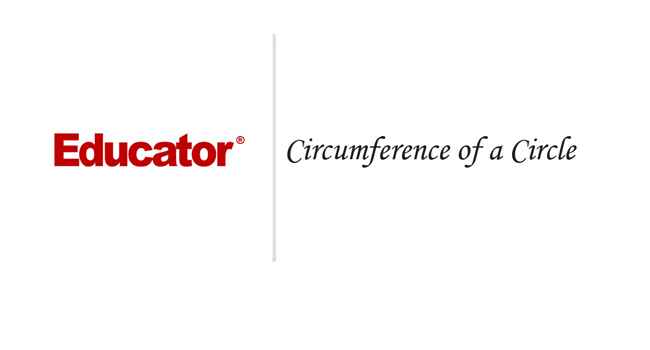Starting up...

This is a quick preview of the lesson. For full access, please Log In or Sign up.
For more information, please see full course syllabus of Basic Math
For more information, please see full course syllabus of Basic Math
Basic Math Circumference of a Circle
Lecture Description
In this lesson our instructor talks about circumference of a circle. Firs, she discusses segments in circles. Then she talks about finding circumference of a circle. Three complete extra example videos round up this lesson.
Bookmark & Share
Embed
Share this knowledge with your friends!
Copy & Paste this embed code into your website’s HTML
Please ensure that your website editor is in text mode when you paste the code.(In Wordpress, the mode button is on the top right corner.)
×
Since this lesson is not free, only the preview will appear on your website.
- - Allow users to view the embedded video in full-size.
Next Lecture
Previous Lecture










































 Answer Engine
Answer Engine



0 answers
Post by Angela King on March 29, 2019
I wonder if the diameter is one of the chords
0 answers
Post by Victor Castillo on January 24, 2013
aaaah I see answer thanks!!!
0 answers
Post by Victor Castillo on January 24, 2013
Good question I want to know that too?
3 answers
Last reply by: SESHIREDDY BEJAWADA
Sat Dec 12, 2020 12:20 PM
Post by javier mancha on August 23, 2011
what is pi, i understand its 3.14, i simply need to know, why is pi mentioned so much , why is pi, so important ??? I HEARD THE WORD PI a hundred times already, but no one explains , its significance